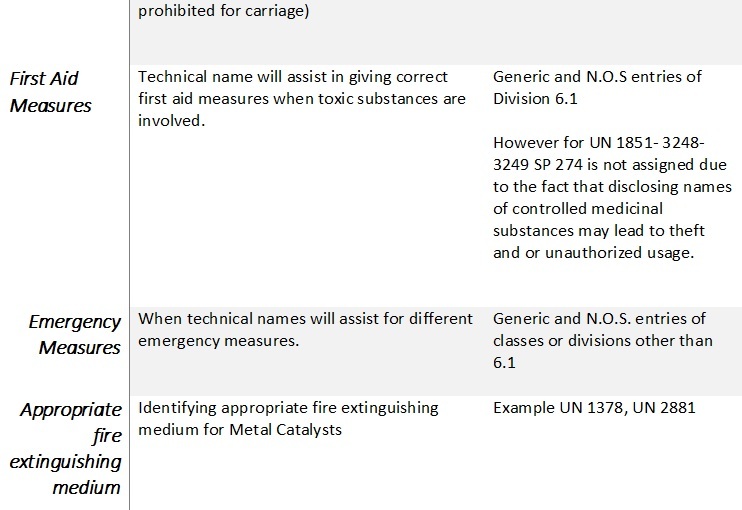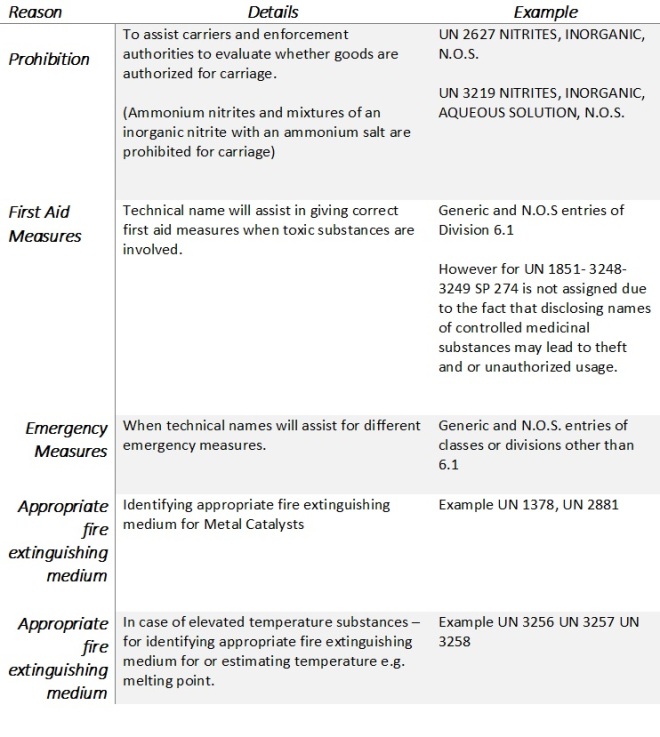In the last article we looked at hazard communication through marks and labels on packages. This type of visual communication, marks, labels on packages and placards on containers, is addressing only those who are in the vicinity of packages/containers or handling them. More detailed communication throughout the transport chain takes place through “Dangerous Goods Declaration”, here in after referred as DGD.
For every consignment of Dangerous Goods, ‘Dangerous Goods Transport Information’ must be provided. This is a requirement as per Regulation 4 of SOLAS Chapter VII Part A and Regulation 4 of MARPOL 73/78, Annex III. There are exceptions for certain goods.
The most important function of transport document is to convey the information about hazardous goods consigned. Shipper can submit this document/information either as a hard copy or through electronic data processing (EDP) and electronic data interchange (EDI) transmission techniques.
Five Elements of Dangerous Goods description:
- The UN Number preceded by the letters “UN”;
- The Proper Shipping Name including the technical name enclosed in parenthesis, as applicable;
- The primary hazard class or, when assigned, the division of the goods, including, for class 1, the compatibility group letter;
- Subsidiary hazard class or division number(s) corresponding to the subsidiary risk label(s) required to be applied, when assigned, shall be entered following the primary hazard class or division and shall be enclosed in parenthesis;
- Where assigned, the packing group for the substance or article.
The sequence of above 5 elements must always be written in the order 1, 2, 3, 4 and 5, it must never be scattered or placed here and there in the DGD.
In order to provide exact nature of the dangerous goods Proper Shipping Name must be supplemented as below.
- For goods assigned with Special Provisions 278 or 318 Proper Shipping Name shall be supplemented with technical names or chemical group names.
- Placing the words EMPTY UNCLEANED” or “RESIDUE LAST CONTAINED” for packagings, IBCs, bulk containers, tanks, road tank vehicles or railway tank wagons which contain the residue of dangerous goods. This must be placed either before or after the dangerous goods descriptions as per 1 to 5 above and is not applicable for Class 7 Radioactive materials.
- All waste goods, other than Class 7 Radioactive wastes, Proper Shipping Name shall be supplemented with the word “WASTE” unless this is already part of Proper Shipping Name.
- When liquid is transported at temperature equal to or exceeding 100°C or solids equal to or exceeding 240°C and the Proper Shipping Name does not convey the elevated temperature condition then the word “HOT” shall precede the Proper Shipping Name.
- If the goods are marine pollutant then it must be identified by the term “MARINE POLLUTANT” or “MARINE POLLUTANT / ENVIRONMENTALLY HAZARDOUS”
- If the dangerous goods to be transported have a flashpoint of 60°C or below (in °C closedcup (c.c.)), the minimum flashpoint shall be indicated.
Examples
UN 1098 ALLYL ALCOHOL 6.1 (3) I (21°C c.c.)
UN 1098, ALLYL ALCOHOL, class 6.1, (class 3), PG I, (21°C c.c.)
UN 1092, Acrolein, stabilized, class 6.1 (3), PG I, (–24°C c.c.) MARINE POLLUTANT/ENVIRONMENTALLY HAZARDOUS
UN 2761, Organochlorine pesticide, solid, toxic, (Aldrin 19%), class 6.1, PG III, MARINE POLLUTANT
The total quantity of Dangerous Goods must be declared in mass or volume as appropriate. This must be declared separately for each Proper Shipping Name with different UN Number or Packaging Group. The number and type of packages must also be declared, however, no need to declare the quantity by mass or volume for empty uncleaned packaging. Estimated quantity need to be declared for salvage packaging. For dangerous goods in tanks the gross mass does not include the tare weight. Package type can be declared as drums or boxes but most carriers insist to declare full description. Example; Steel non removable head drums.
In the multimodal transport the goods need to comply with regulations applicable to all modes of transport it goes through as well the country specific requirements. The certification by consignor acknowledges same.
“I hereby declare that the contents of this consignment are fully and accurately described above by the Proper Shipping Name, and are classified, packaged, marked and labelled/placarded, and are in all respects in proper condition for transport according to applicable international and national government regulations.”
By certifying above, a consignment is guaranteed to meet all international and national regulatory norms.
When goods are packed in a container the packer need to issue a container packing certificate. This can be together with the Dangerous Goods Declaration in the same form or separate.
Signature of the persons responsible can be replaced by name in capital letters when DGD is submitted through electronic medium (EDI or EDP). Language of the DGD can be Swahili, Bhojpuri, Mandarin, or any other language, however, the carrier demand the DGD in a language they prefer.
Together with DGD additional documents also may be required which is prompted by individual entries and other requirements of IMDG Code. To correctly fill up a DGD one must be trained to do so. It is illegal for anyone to prepare a DGD without receiving training.
Above is just the basic information, there are many more requirements as applicable to various goods which can be found in chapter 5.4 of IMDG Code and individual schedules.
You may download the DGD format from http://tinyurl.com/m4wcvhg
Further reading: Documentary Aspects of the International Transport of Dangerous Goods, Revised Recommendation No. 11, ECE/TRADE/C/CEFACT/2008/8





